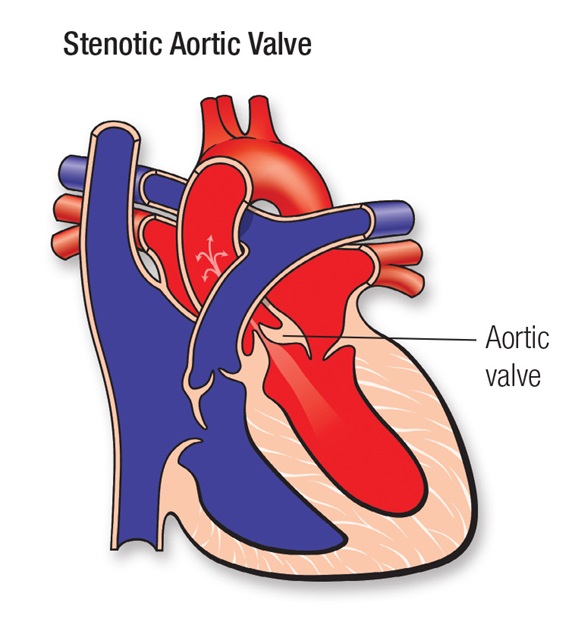
Aortic stenosis is a narrowing of the aortic valve that decreases blood flow into the aorta, the main artery carrying blood out of the heart.
These are some symptoms you may experience if you have aortic stenosis:
Symptoms may not appear until the later stages of the disease.
Your doctor may also consider one of the following treatment options: